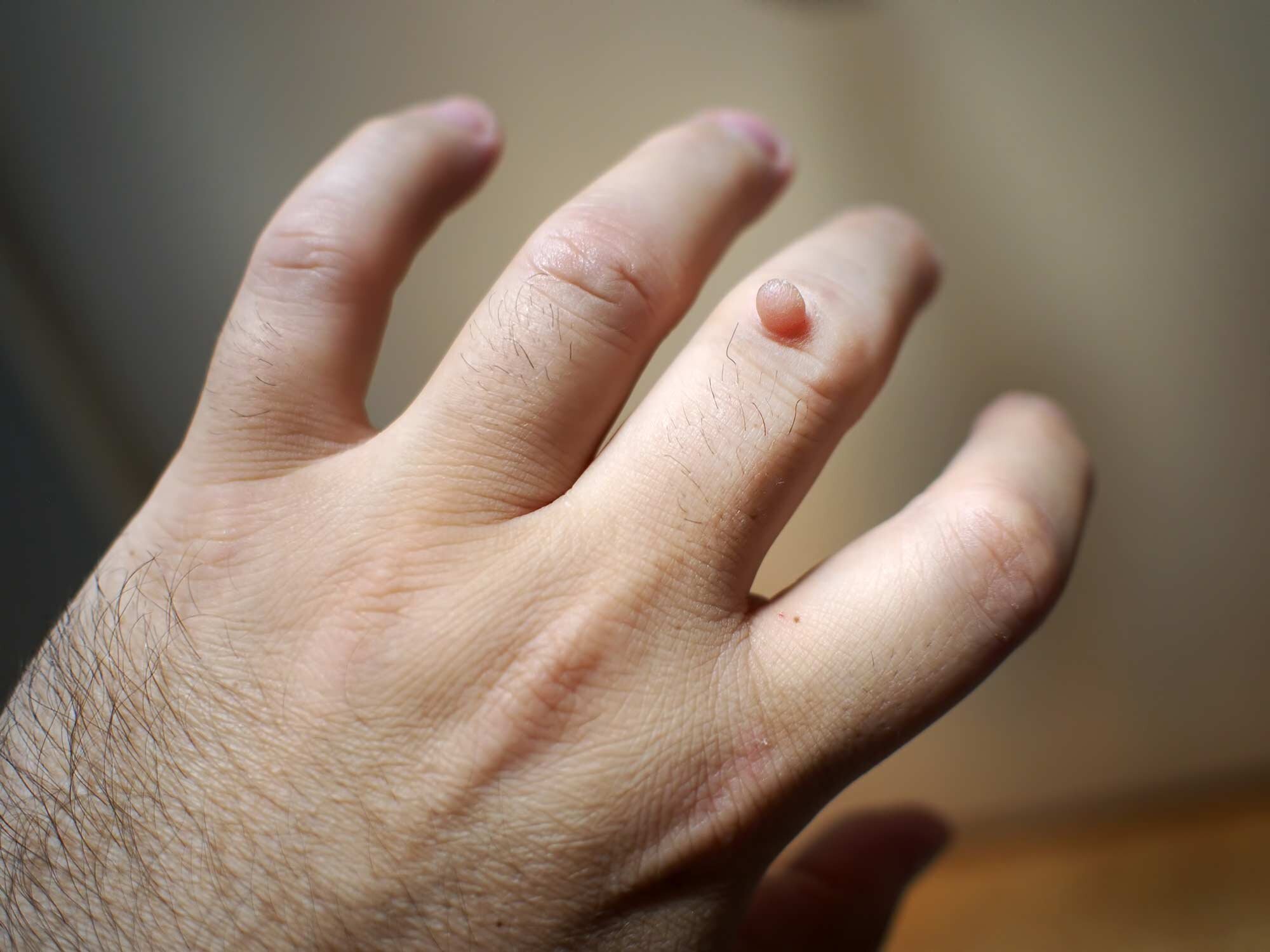
Warts
Warts are small, benign (non-cancerous) growths that occur on the skin as a result of an infection with the human papillomavirus (HPV). They are caused by the virus entering the skin through a cut, scratch, or other break in the skin and are typically harmless. Warts can occur anywhere on the body, but they are most commonly found on the hands, feet, and face.
There are several types of warts, including:
Common warts: small, raised bumps that are typically found on the fingers, hands, and feet
Plantar warts: small, hard bumps that occur on the soles of the feet
Flat warts: small, flat bumps that are typically found on the face, legs, and arms
Filiform warts: long, narrow bumps that are typically found on the face, neck, and armpits
Warts are highly contagious and can be spread through direct contact with an infected person or through contact with an object that has been in contact with the virus, such as a towel or shower floor.
Treatment for warts may involve the use of over-the-counter or prescription medications, such as salicylic acid, cryotherapy (freezing the wart with liquid nitrogen), or surgical removal. The specific treatment recommended will depend on the location, size, and severity of the wart.
In addition to treatment, there are several steps you can take to help reduce your risk of developing warts:
Avoid touching warts or other infected areas
Avoid sharing towels, razors, or other personal items with others
Keep your skin clean and moisturized to help prevent cuts and scratches
Wear shoes in public areas, such as showers and locker rooms, to help prevent contact with the virus
By following these precautions and seeking treatment as needed, you can help to manage warts and reduce your risk of developing this type of skin condition. If you are concerned about warts or have any other changes in your skin, it is important to see a healthcare provider for evaluation and treatment.

